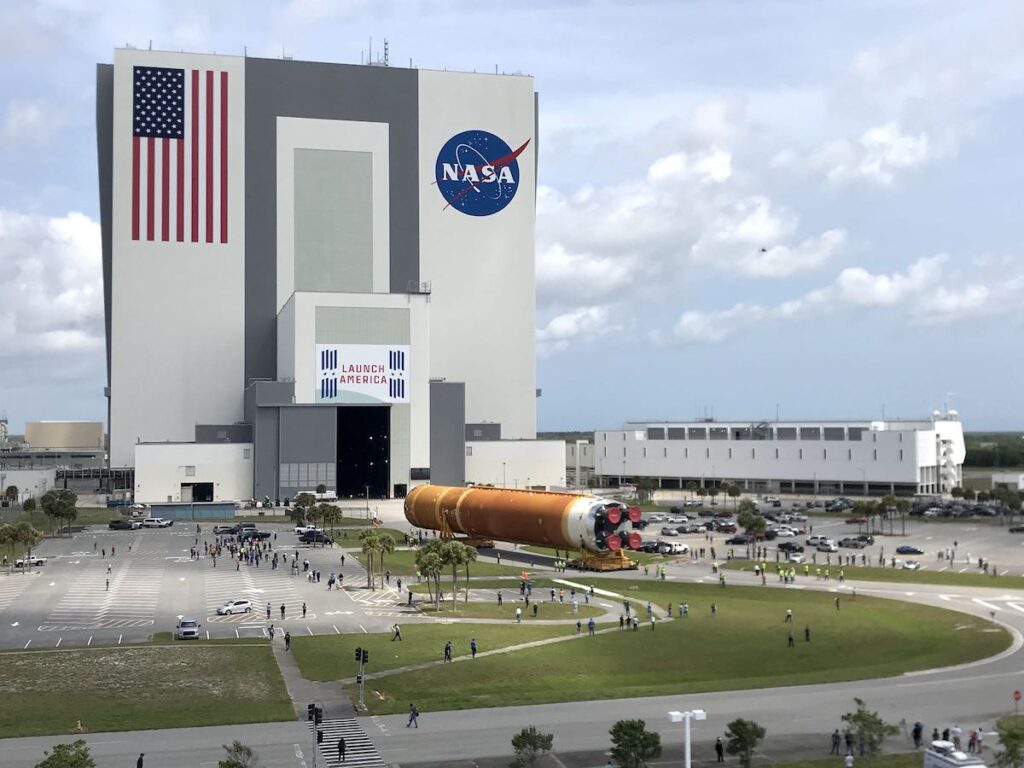South American Jets PARTICIPATED ON THE search for the most energetic cosmic particles ever observed
A few weeks ago, NASA successfully launched its third super pressure balloon test flight, equipped with the high-tech Extreme Universe Space Observatory (EUSO) payload that was selected as a Mission of Opportunity for this test flight.
Launched from Wanaka, New Zealand, a football-stadium-sized balloon landed on May 6th, after a 12 days, 4 hours and 34 minutes flight controlled by NASA’s Columbia Scientific Facility in Palestine, Texas.
This experiment’s main objective was to detect ultra-high energy cosmic rays from beyond our galaxy as they penetrate the Earth’s atmosphere. Once in the atmosphere, these cosmic rays interact with nitrogen molecules in the air and create UV fluorescence light.
Therefore, from the balloon’s high-altitude viewpoint, the EUSO payload can observe a broad swathe of the Earth’s atmosphere and identify the UV fluorescence light created by deep space cosmic rays.
At South American Jets, we are very pleased to be collaborating with NASA in its search for the most energetic cosmic particles ever observed. These experiments constitute a monumental step in human understanding of how new elements in our galaxy and dark holes in deep space are created.
It is worth noting that preparing and conducting our assigned tasks required a lot of hard work from our qualified staff. In fact, our role in this experiment included flying a Cessna 421 Eagle aircraft to Wanaka Airport, where NASA’s calibration lights and support equipment were installed and tested on the ground.
Later, we conducted a test flight of the aircraft operating the calibration lights (to this end NASA coordinated a flight path with our pilots) and practiced all the maneuvers as they were to be done during the real mission.
Subsequently, when the winds were favorable, the super pressure balloon was launched from Wanaka at 10:50 a.m. on Tuesday, April 25. If the balloon would have reached Chatham Islands we would have traveled towards the balloon’s location, once under the balloon, the operators would have flashed the calibration lights. Finally, our plane would have to crisscross the field of view of the telescope for approximately 1 hour.
Unfortunately, three days later the balloon experienced significant altitude drops at night. In fact, it faced cold storms whose low temperatures (-50 degrees) usually produce altitude loss, especially at night. It regained its predicted altitude –about 33.2Km- during the day as temperature rose. “The balloon was designed to float at a stable altitude for long durations despite the heating and cooling of the day/night cycle”, said Debbie Fairbrother, NASA’s Balloon Program Office chief. “Although cold storms can alter altitude, it is clear that the balloon no longer floats as designed. And a leak has been confirmed on its third day of flight. It is unfortunate that our flight has come to an end at this point, but we were able to collect a great amount of flight data and we will apply lessons learned to future flights”, she added.
Finally, after nine months of work, we are proud of our company’s role in NASA’s super pressure balloon program. We love serious challenges – and scientific research has plenty of them. This experience has demonstrated our experience and commitment when conducting hard and challenging tasks.
Max Brog
CEO
South American Jets, LLC.
